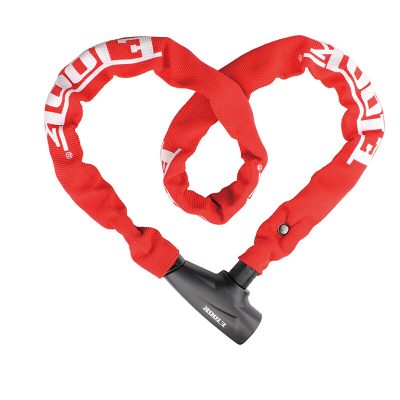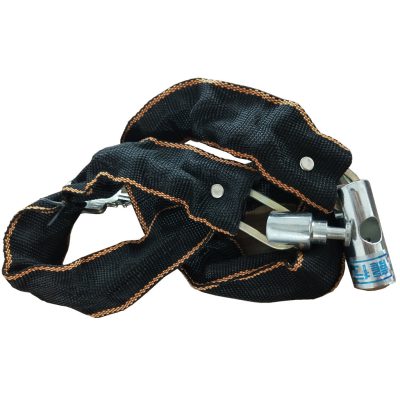The evolution of bike locks has seen significant advancements in design, materials, and technology to enhance security and convenience. Here’s a brief overview of how bike locks have evolved:
- Traditional Chain and Padlock: Historically, cyclists used simple chain and padlock combinations to secure their bikes. These locks were often bulky and heavy but provided a basic level of security by chaining the bike to a fixed object.
- U-Locks: In the 1970s, the invention of the U-lock revolutionized bike security. U-locks are made of hardened steel and feature a U-shaped shackle that offers better resistance to cutting and prying compared to traditional chains. They became popular due to their robust construction and portability.
- Cable Locks: Cable locks emerged as a lighter and more flexible alternative to traditional chains. They consist of steel cables encased in plastic or rubber and are easier to carry around. However, cable locks are less secure than U-locks and are more susceptible to cutting attacks.
- Folding Locks: Folding locks combine the flexibility of cable locks with the security of U-locks. They feature multiple metal plates linked together, allowing them to fold into a compact size for portability. Folding locks offer a good balance between security and convenience.
- Smart Locks: With the rise of IoT (Internet of Things) technology, smart bike locks have entered the market. These locks can be unlocked using a smartphone app, RFID cards, or biometric authentication such as fingerprints. Smart locks often come with additional features such as GPS tracking, tamper alerts, and remote locking/unlocking capabilities. They provide enhanced security and convenience but may be more expensive than traditional locks.
- Keyless Locks: Keyless bike locks use alternative methods of authentication, such as PIN codes or Bluetooth connectivity, to unlock the lock. They eliminate the need for physical keys, offering convenience and reducing the risk of key loss.
- Integrated Locking Systems: Some bike manufacturers are integrating locks directly into the bike frame, eliminating the need for separate lock accessories. These integrated systems offer seamless security without the hassle of carrying additional locks.
- Biometric Locks: Biometric bike locks use fingerprint recognition technology to unlock the lock. They provide high levels of security and convenience, as the lock can only be accessed by authorized users.
Overall, the evolution of bike locks has focused on improving security, portability, and convenience for cyclists. From traditional chain and padlock combinations to smart locks with advanced features, cyclists now have a wide range of options to choose from based on their needs and preferences.








